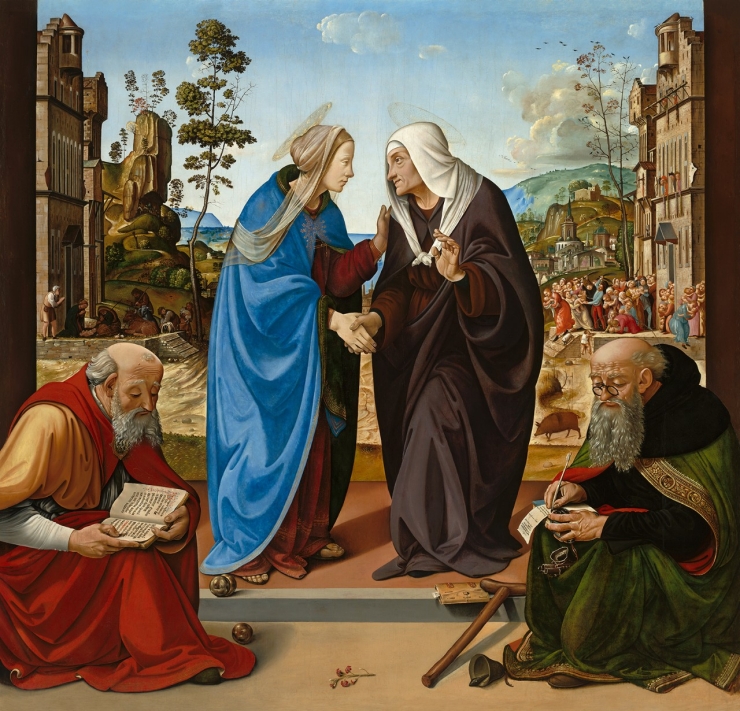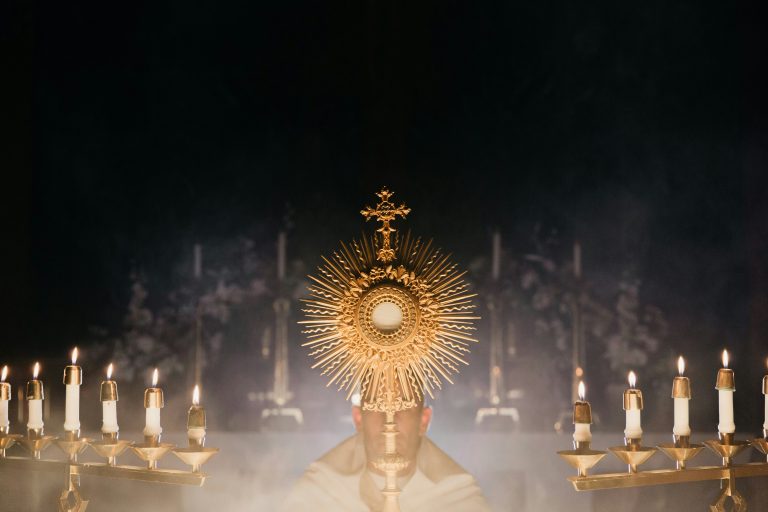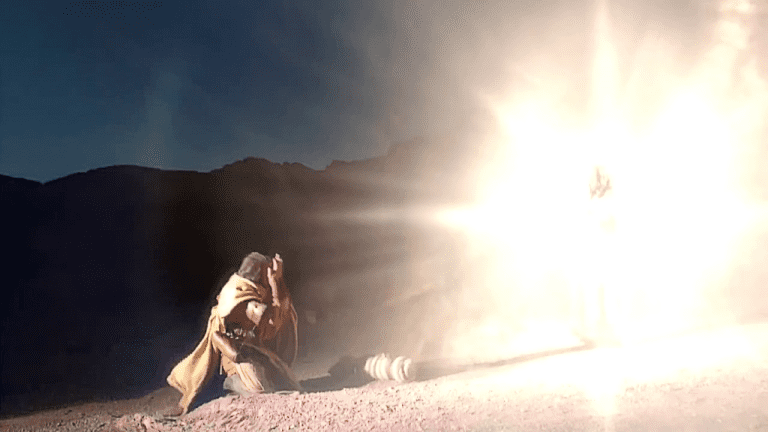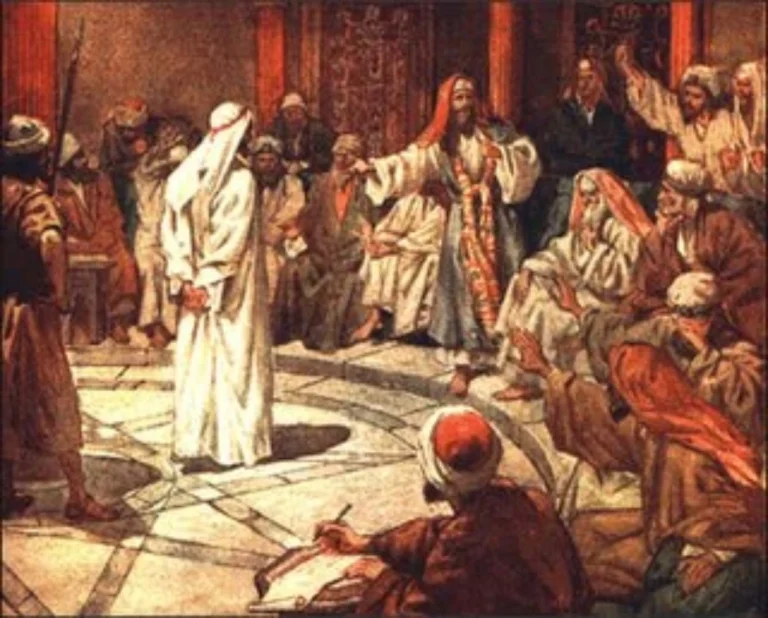Mary’s visit to Elizabeth reveals Christ’s presence and fulfills prophecy. The unborn John leaps for joy, recognizing the Messiah.
The Visitation: A Sacred Encounter
In Luke 1:39–56, Mary travels to the hill country of Judah to visit her cousin Elizabeth. Upon Mary’s greeting, Elizabeth exclaims:
“Most blessed are you among women, and blessed is the fruit of your womb. And how does this happen to me, that the mother of my Lord should come to me?” (Luke 1:42–43)
This moment signifies the recognition of Mary’s divine maternity, affirming her as the Mother of God (Catechism of the Catholic Church, 495).
John the Baptist Leaps for Joy
When Elizabeth hears Mary’s greeting, the infant John leaps in her womb. This act signifies John’s recognition of Jesus, even before birth, fulfilling his role as the forerunner of Christ.
“For at the moment the sound of your greeting reached my ears, the infant in my womb leaped for joy.” (Luke 1:44)
According to tradition, this leap indicates John’s sanctification in the womb, cleansed from original sin by the presence of Jesus (Catechism of the Catholic Church, 523).
Mary’s Magnificat: A Song of Praise
Mary responds with the Magnificat, a hymn of praise and thanksgiving:
“My soul proclaims the greatness of the Lord; my spirit rejoices in God my Savior.” (Luke 1:46–47)
This canticle reflects Mary’s humility and God’s mercy, emphasizing the reversal of worldly values and the fulfillment of His promises (Catechism of the Catholic Church, 722).
Prophetic Fulfillment in Zephaniah
The Visitation also fulfills Old Testament prophecy. Zephaniah foretold:
“Shout for joy, O daughter Zion! … The King of Israel, the LORD, is in your midst.” (Zephaniah 3:14–15)
Mary, bearing Jesus, embodies this prophecy, bringing the Lord into the midst of His people.








